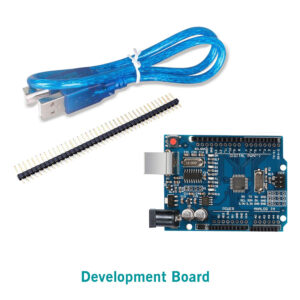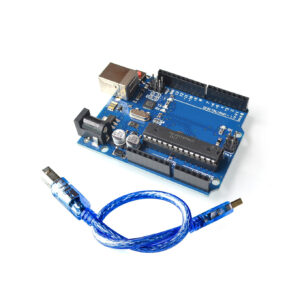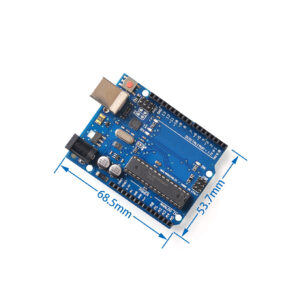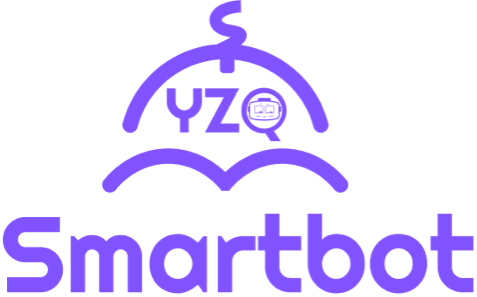Showing 33–35 of 35 results
-


Model: YZQ-P011
Input
Voltage range: 100-240Vac (rated) 96-264Vac (operating)
Frequency: 50/60Hz ±3Hz
Current: 0.5A
Power consumption (no load): 0.075W
Surge current: No damage will occur, input fuse will not blow
-


Model:YZQ-B003
(1) Using a high-speed microprocessor controller (ATMEGA328), the development interface and environment are very simple and easy to understand, suitable for beginners to learn.
(2) Performance description
1. Digital I/O digital input/output terminals are 0~13.
2. Analog I/O analog input/output terminals are 0~5.
3. Support ISP download function.
4. Input voltage: No external power supply is required when connected to the computer USB, and the external power supply is 5V~9V DC voltage input.
5. Output voltage: 5V DC voltage output and 3.3V DC voltage output.
-


Model: YZQ-B001
Function:
*Pin changes: Two I2C pins are added next to the AREF pin (SDA and SCL are just copies of Analog4 and 5, not additional 12C interfaces). In addition, two pins are added next to RESET, one is I0REF, which allows the expansion board to use the onboard voltage. This pin only tells the expansion board what the current onboard voltage is (for example, UN0 is 5V, which can be seen as a copy of the power pin and does not provide a flat pull-up). The other is a placeholder pin for future use.
*More stable REST circuit. The position of the RESET button has also changed. It has been moved to the corner of the board near the USB interface, which is more convenient to press. *ATmega16U2 replaces 8U2. This does not mean that the 16kfash R3 can make your code run faster. This update is for the USB interface chip service. In theory, it allows UNO to simulate USBHID, such as MIDI/Joystick/Keyboard.
End of content
End of content




